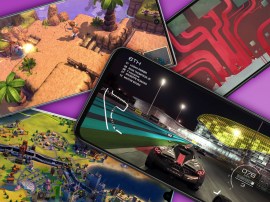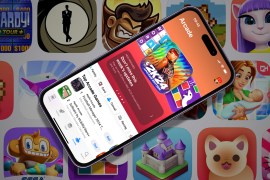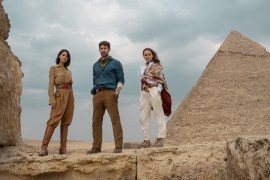Return to Monkey Island review: for me hearties
A last hurrah for the golden age of pirate adventures
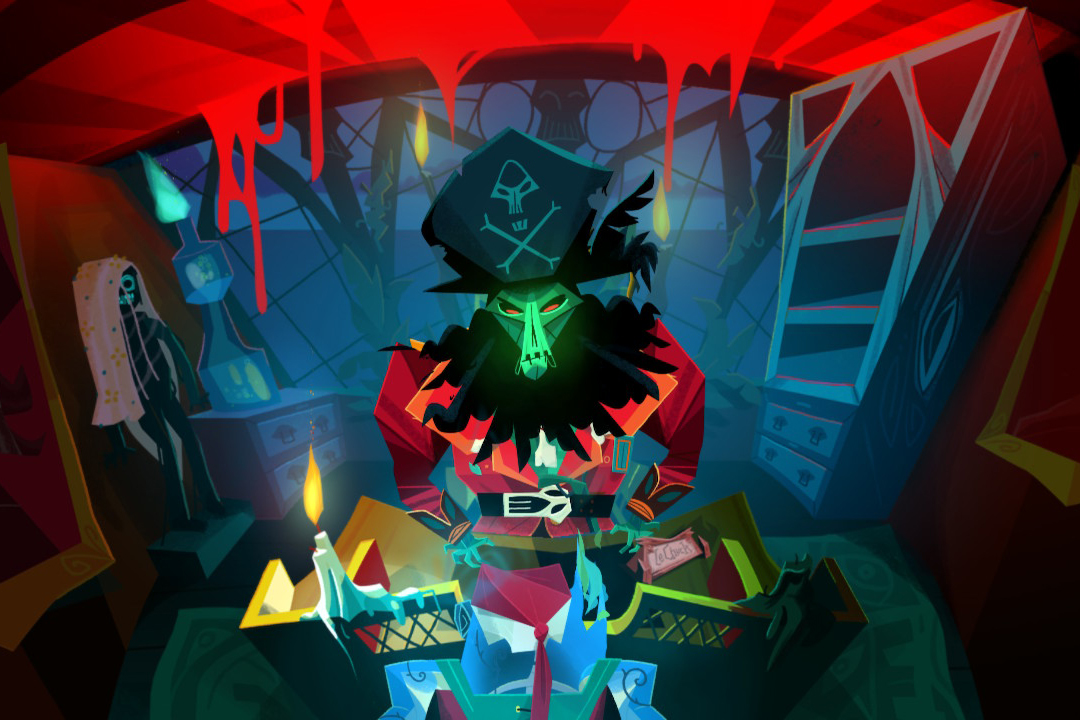
When Disney resurrected LucasFilm Games last year, a lot of attention was on what it meant for the future of Star Wars games. But for gamers of a certain vintage, it conjured up the heyday of LucasArts point-and-click adventures, which pushed the medium forward with imaginative storytelling. The most memorable and beloved of these? The Secret of Monkey Island.
The fact we’re not only getting a brand new Monkey Island game, but one from its original creator Ron Gilbert (who last worked on the series more than three decades ago with sequel LeChuck’s Revenge) is nothing short of a delightful surprise. But Return to Monkey Island is also something of a perilous undertaking.
It’s a welcome reunion of iconic characters and the talents behind them, including Dominic Armato as the voice of bumbling pirate Guybrush Threepwood – but also with notable absences, such as co-writer Tim Schafer (the man behind the excellent Psychonauts 2). The pixel art and illustrative styles of the originals have been replaced with something more divisive. And modern audiences may have little patience for the glory days of adventure puzzles.
Has Gilbert and his team at Terrible Toybox managed to pull it off?
Art attack
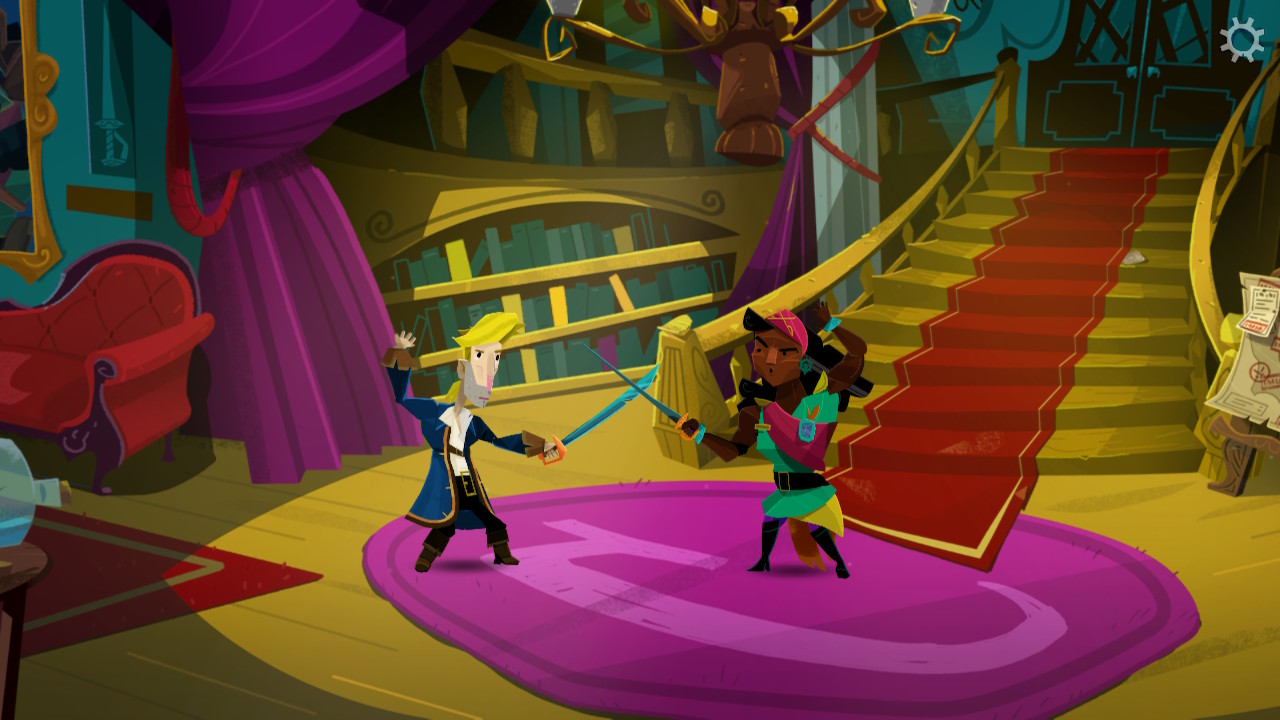
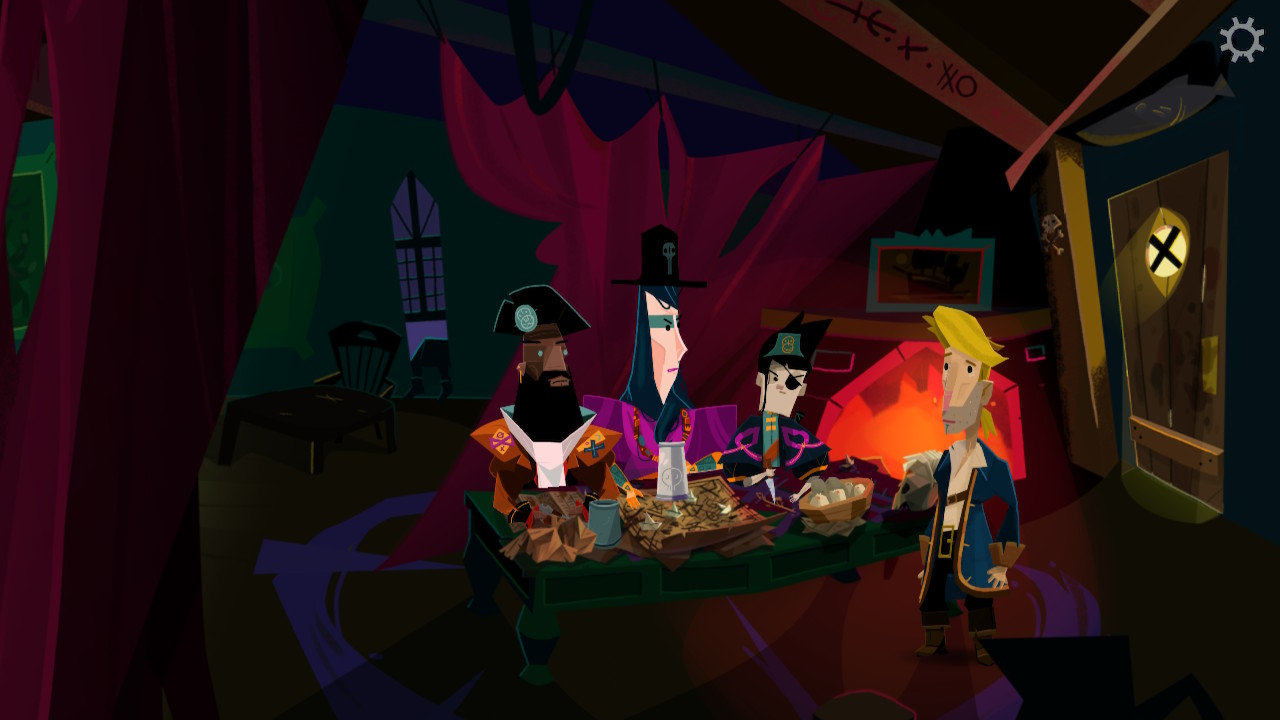
Let’s get the controversy out of the way: Return to Monkey Island’s art style may be the most divisive amongst fans since Nintendo first unveiled a cel-shaded Link. Then again, this isn’t the first time the series has changed visuals, having previously gone full 3D (a move which hasn’t aged so well).
Once you see the new ‘animated picture book’ aesthetic in motion, it really does work to capture Monkey Island’s equal parts charming and zany vibe. This is a series known for its surreal humour and wacky characters, from recurring ones like fast-talking salesman Stan to the new members of LeChuck’s zombie pirate crew. Art director Rex Crowle, known for his excellent work on Tearaway as well as indie adventure Knights and Bikes, brings them all to life brilliantly. It’s also the first of many signs that this isn’t a sequel that will go the way people may expect.
But what sequel exactly? This one actually takes place after the second game, which had an infamously divisive ending that fans are eagerly awaiting for Gilbert to resolve. Yet it also doesn’t ignore Guybrush’s adventures in later games: these events are recounted in a Scrapbook for players to catch up on, which is especially handy for newcomers.
Fans with decades of questions should probably not expect to have everything answered so neatly. To take a film analogy, this isn’t meant to be Pirates of the Caribbean, a hilarious summer blockbuster romp that then took itself far too seriously as a trilogy. Instead, Return to Monkey Island cares more for tickling your funny bone as it continues to serve up a mixture of delicious wit and silly jokes that has us in LeChuckles, and actually takes inspiration from another classic swashbuckling adventure film for its clever narrative framework. That’s all we’ll say so as to not spoil the surprise.
Walk like a pirate
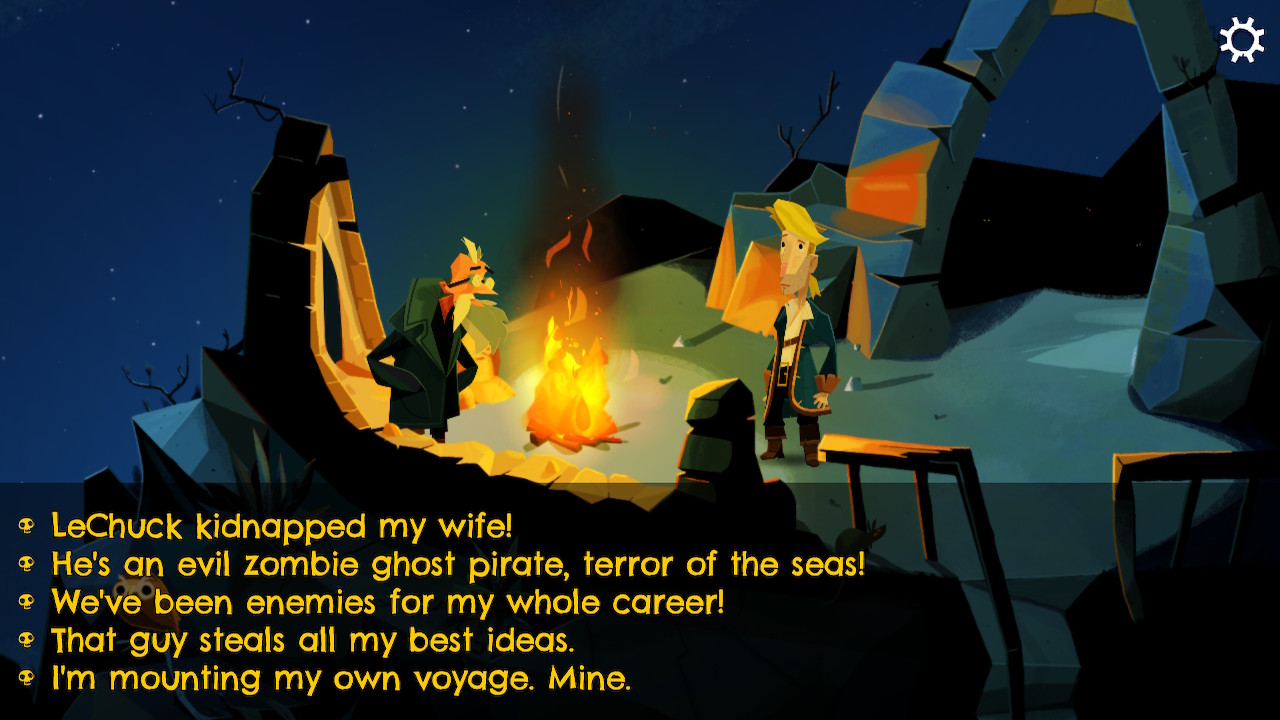
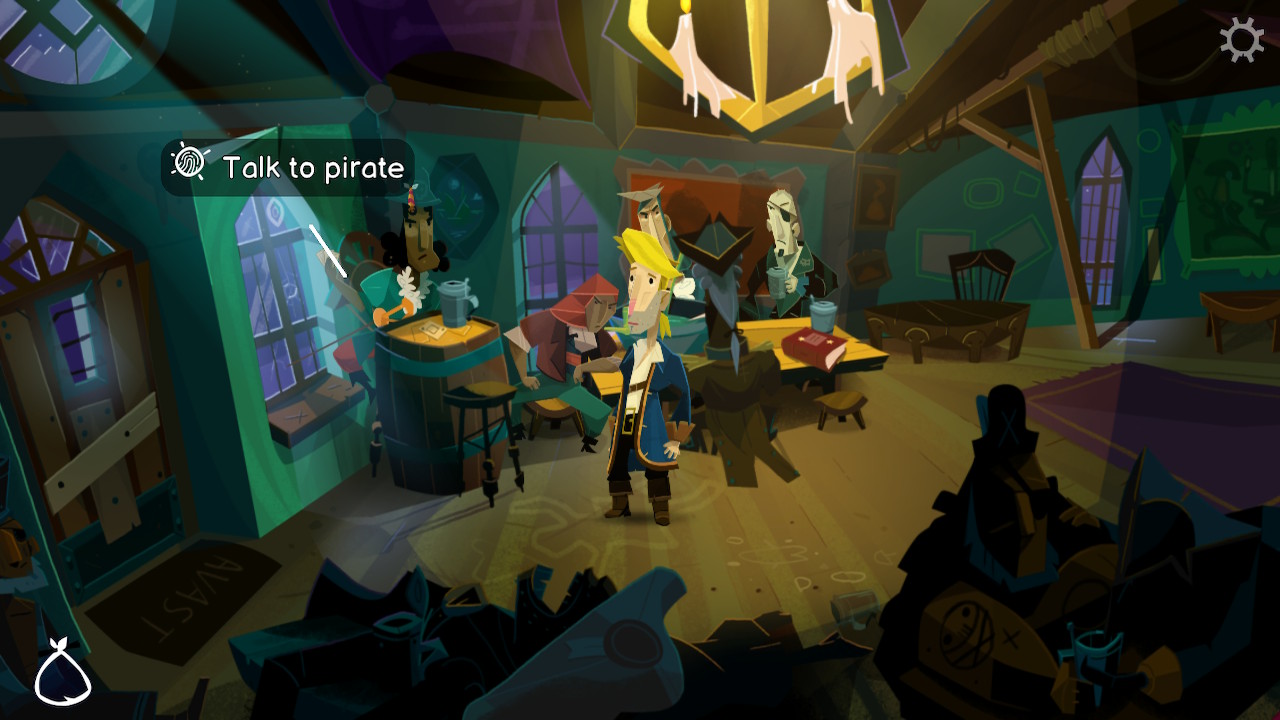
Nonetheless, for old fans, there’s a wave of nostalgia as we return to familiar locations like Melee Island, even if some places are looking worse for wear. You’ll still find some classic in-jokes, from the Scumm Bar (named after the SCUMM Engine the original Monkey Island games ran on) to the bloke with the badge inviting you to ask him about Loom.
The experience has been wisely updated so that it isn’t a fiddly point-and-click on the Nintendo Switch. You can control GuyBrush directly with a controller, though it’s just as natural to play in handheld mode using the touch screen. Double-tapping makes him move faster, swiping down skips dialogue, and more importantly, holding our finger over objects shows what can be interacted with and how.
Unlike the original games, which used a verb-object design for its often bizarre puzzle logic, here it’s been simplified with a drag-and-drop system. It automatically suggests what interaction an object from your inventory can have with another, with a red cross appearing if it has no effect at all.
That largely streamlines the puzzles, so you aren’t spending time bashing your head against a wall as you try every possibility. It doesn’t reduce the opportunity for comedy, either, as there are still plenty of dialogue options that include purposely silly responses.
Don’t look it up
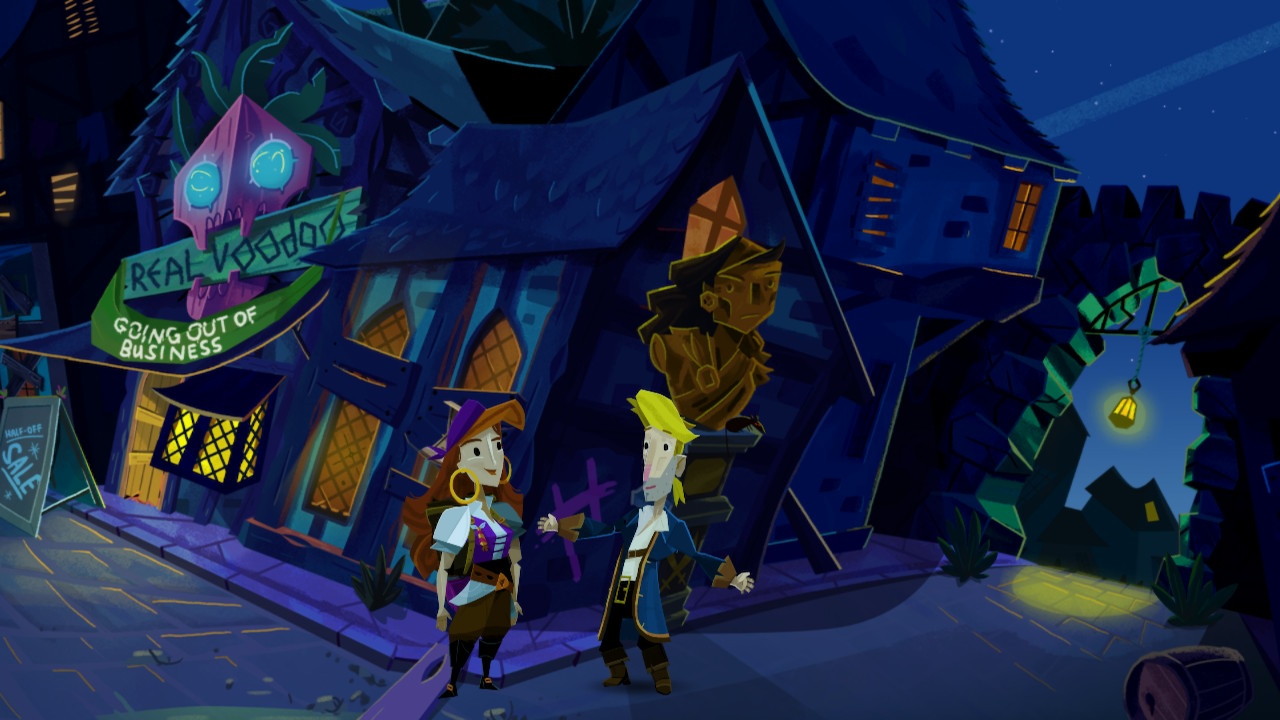
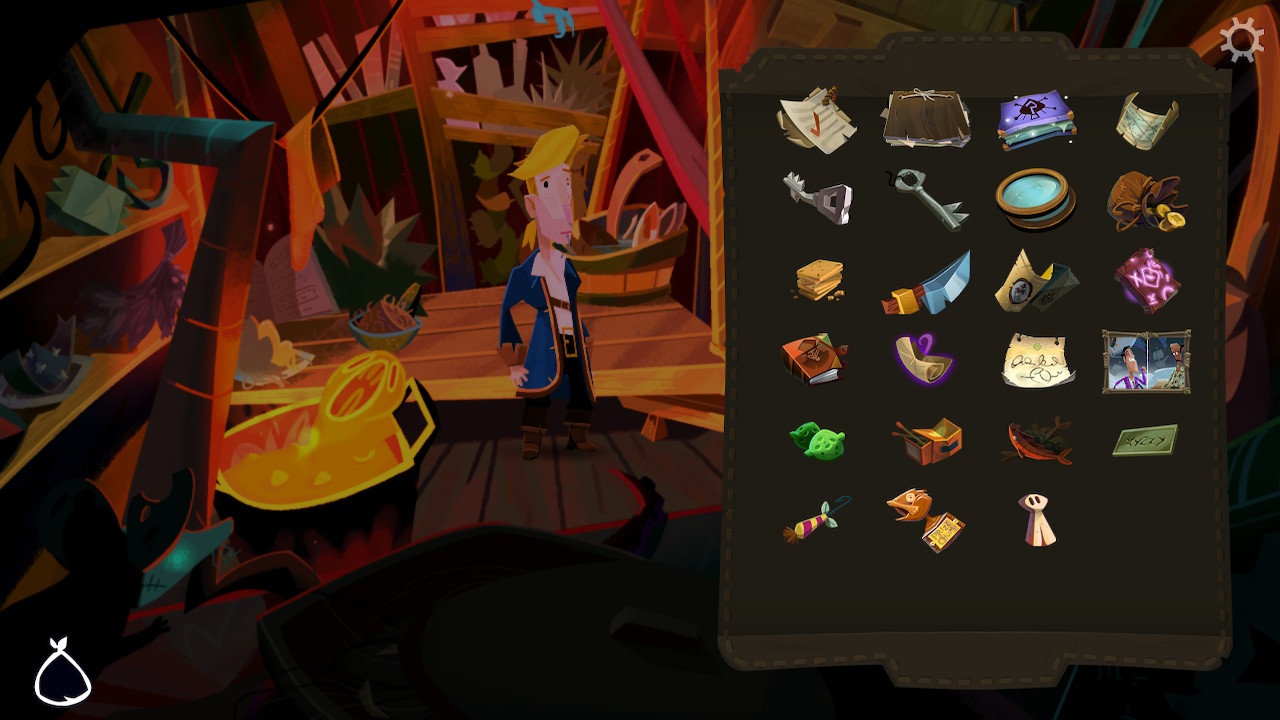
Puzzle difficulty is split between casual and hard mode, the latter keeping much closer to the original games with multiple steps to complete. The Monkey Island routine of finding items and figuring out when to use them remains core to the gameplay with either one. Both come with an in-game hint system.
Rather than heading to Google the moment you’re stuck and unwittingly running into spoilers, the hint book acquired early on helps with whatever puzzles you currently have available. It’s robust enough to go through each step at a time, noting what you’ve already attempted while never giving anything outright unless you expressly ask for more. It’s a good balance, so you still have chances to figure things out for yourself after a little prod.
You’ll eventually have multiple objectives in the latter half, where you can sail to multiple locations besides the titular island. If you’re stuck on one puzzle, you can just take a crack at something else – which might then provide the solution to your original puzzle.
That means doing a fair bit of travelling back and forth (certainly the case with how many times you need to visit the locksmith), some backtracking isn’t so bad when it leads to new puzzles. Besides, considering how long it’s been since we’ve visited Monkey Island, it’s a delight to spend time losing your way until a eureka moment strikes.
Return to Monkey Island verdict
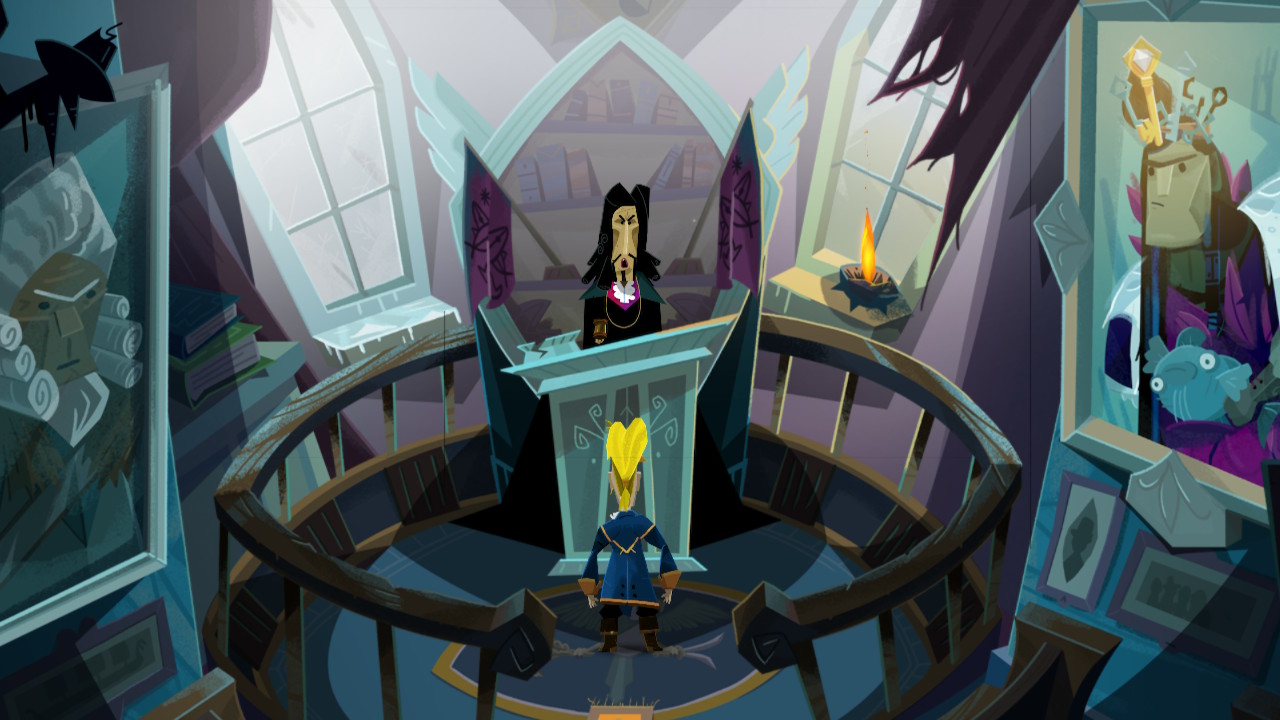
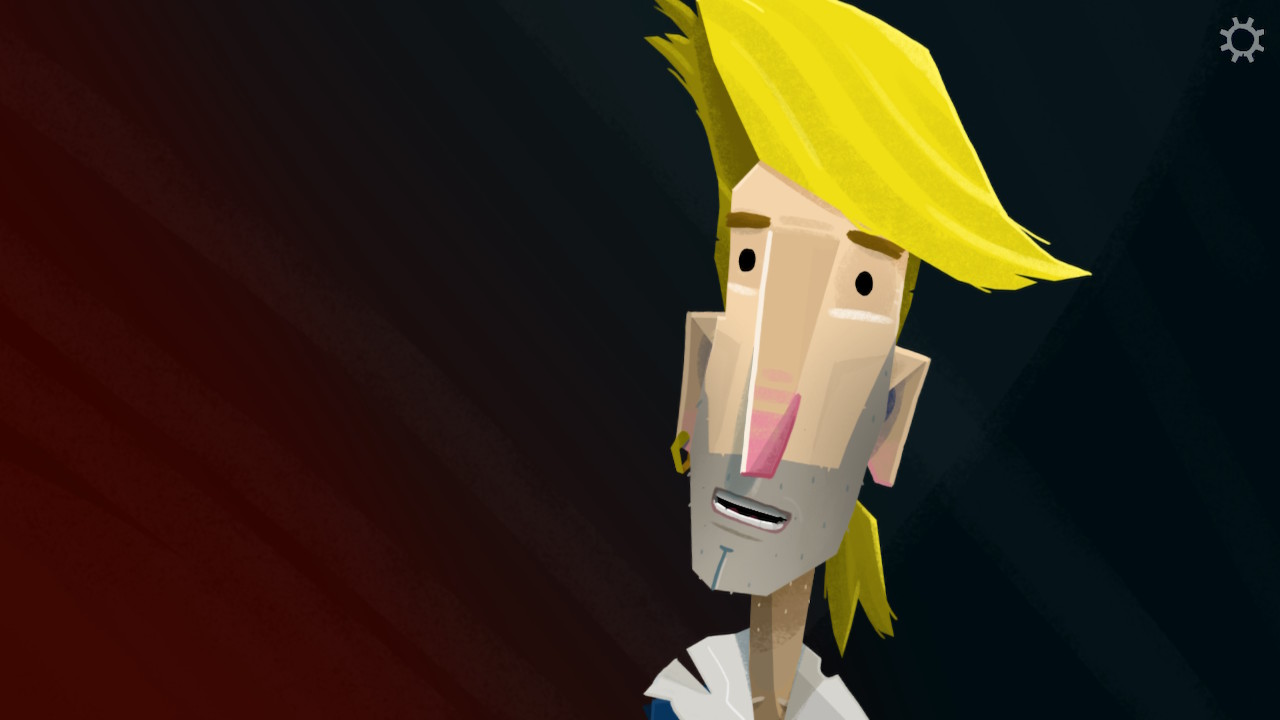
Like other sequels made decades later, Return to Monkey Island is as much about trying to recapture a series’ past glories as well as looking forward and appealing to new generations. It’s a tricky balancing act that sometimes makes for an impossible task, but the fact the game doesn’t have to take itself so seriously helps.
Streamlined mechanics modernise the adventure gameplay, working as well with a controller or touchscreen as it does with a mouse, while well-delivered hints mean you don’t need to scratch your head or pace in circles for ages (unless you really want to).
There’s a degree of poignancy seeing an older Guybrush desperate to take care of unfinished business, and it’s debatable whether this long-overdue sequel will be as fondly remembered as the originals. But at heart, this is a game that cares most about making you laugh. That’s something we could all definitely use more of right now.
Stuff Says…
A delightful and laugh-out-loud return to a pirate adventure classic.
Good Stuff
The funniest, wittiest writing in a game you’ll play all year
The art style and animations are a genuinely good fit
An inspired narrative framework
More approachable interface and robust hint system
Bad Stuff
A fair bit of backtracking involved
Won’t be the resolution some are expecting

